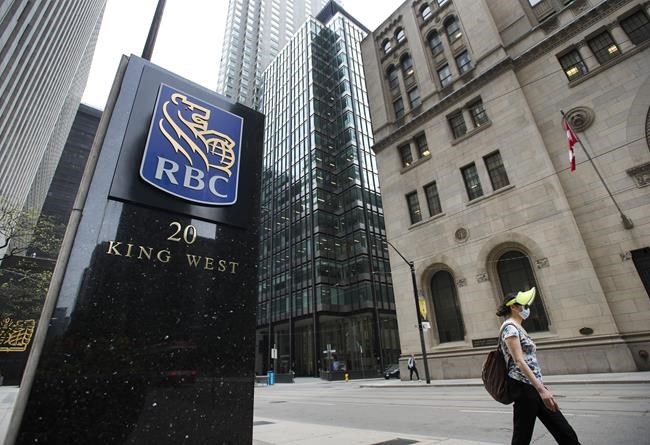TORONTO ŌĆö Energy and commodities led sa╣·╝╩┤½├Į's main stock index to continue its upward climb, however U.S. stock markets dipped after posting their best week since 2020.
The energy sector was bolstered by a rise in crude oil prices as Europe is preparing to impose additional sanctions against Russia.
Mona Mahajan, senior investment strategist at Edward Jones, said there's also probably a bit of a rebound after some weakness last week.
"But also, I think we're starting to hear more about Russian oil in Europe being banned," she said in an interview.
And the G7 meeting taking place this week may lead to an agreement to impose price caps on Russian oil, Mahajan said.
"Those caps would limit how much money Russia could earn from each barrel of oil sold on the global market. But also Europe would limit potentially the availability of shipping and insurance services."
The August crude contract was up US$1.95 at US$109.57 per barrel and the August natural gas contract was up 26.5 cents at US$6.55 per mmBTU.┬Ā
Vermilion Energy Corp. led the sector higher, jumping 11.7 per cent, followed by Advantage Oil & Gas Ltd., up 6.8 per cent.
The Canadian dollar traded for 77.60 cents US compared with 77.32 cents US on Friday.
Materials rose 2.0 per cent despite weaker bullion prices as grain and other commodity prices increased.
The August gold contract was down US$5.50 at US$1,824.80 an ounce and the September copper contract was up 2.2 cents at US$3.77 a pound.┬Ā
Overall, the S&P/TSX composite index closed up 195.41 points to 19,258.32 after posting its strongest day in six weeks on Friday.┬Ā
U.S. markets didn't keep up with the pace set to end the week as the Dow Jones industrial average was down 62.42 points at 31,438.26. The S&P 500 index was down 11.63 points at 3,900.11, while the Nasdaq composite was down 91.96 points at 11,515.66.┬Ā
"I think we're seeing a little bit of the markets reflecting some potential growth concerns," Mahajan said.
Ten-year bond yields climbed Monday and high yield spreads widened, which could be indicative of a potential default cycle ahead.
"So I think we're starting to see signs of a market sniffing out some of the potential softening in economic growth," she said, adding that supports the idea that the U.S. Federal Reserve may pull back on some of its rate hiking moves.
"We saw a rebound in market activity today, probably taking a little bit of pause until we digest some of the upcoming economic data," Mahajan said, referring to core inflation numbers expected to be released on Thursday, and a GDP reading and consumer confidence results on Tuesday.
The heavyweight financials sector was higher, as 10-year bond yields increased in sa╣·╝╩┤½├Į and the U.S. Most banks were positive with Canadian Western Bank and Bank of Nova Scotia leading at 1.9 and 1.8 per cent, respectively.
Technology was the biggest laggard, losing nearly 1.6 per cent with Hut 8 Mining Corp. down 6.7 per cent and Shopify Inc. 3.3 per cent lower.
While corporate valuations have compressed quite a bit, earnings forecasts have a way to go to catch up, said Mahajan.
Inflation should start to show signs of moving lower, she said, which will allow global central banks to gradually reduce the pace of rate hikes which would support sentiment. But that could take several positive readings and won't affect next month's expected three-quarters of a percentage point hike in interest rates.
This report by The Canadian Press was first published June 27, 2022.┬Ā
Companies in this story: (TSX:VET, TSX:AAV, TSX:CWB, TSX:BNS, TSX:HUT, TSX:SHOP, TSX:GSPTSE, TSX:CADUSD=X)┬Ā
Ross Marowits, The Canadian Press



